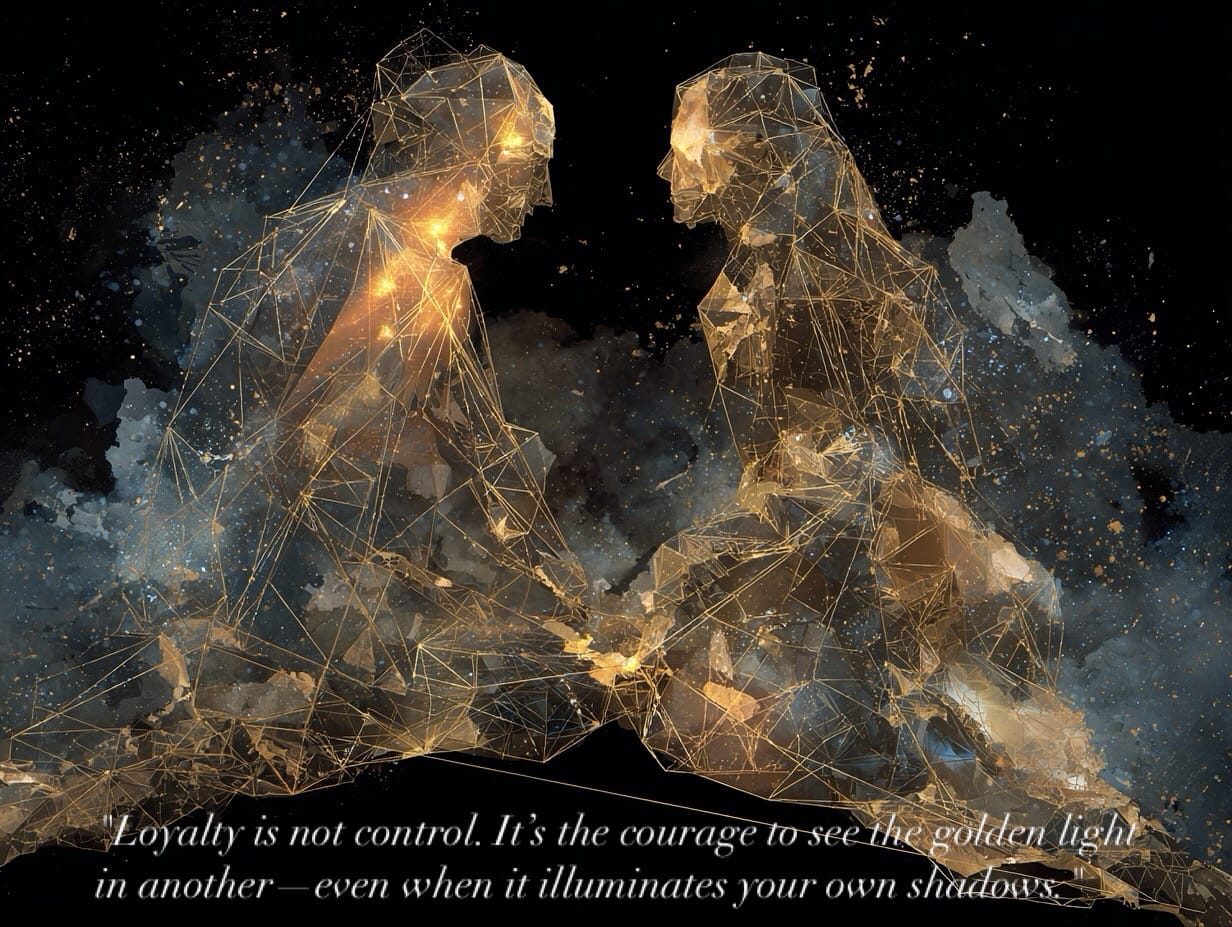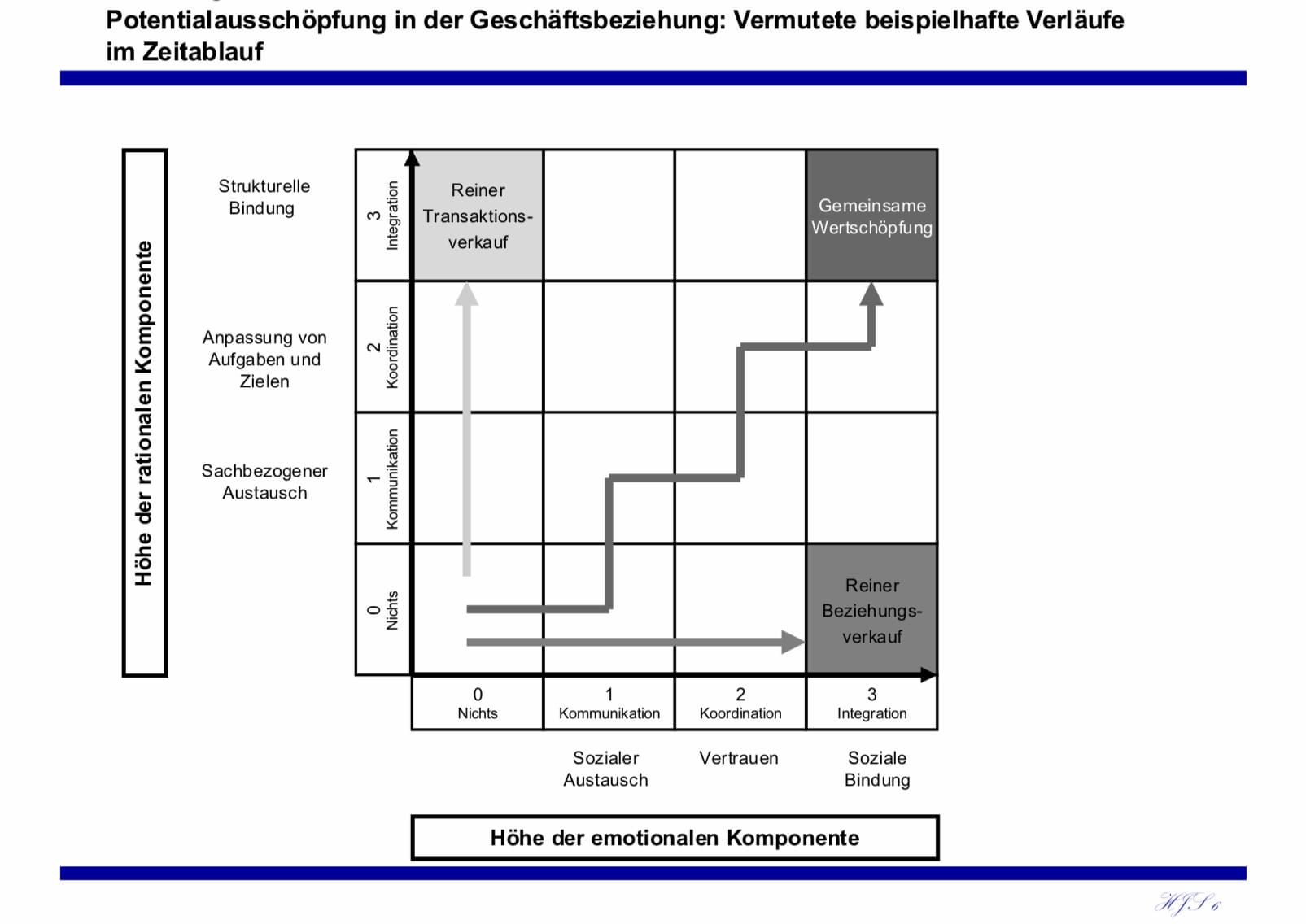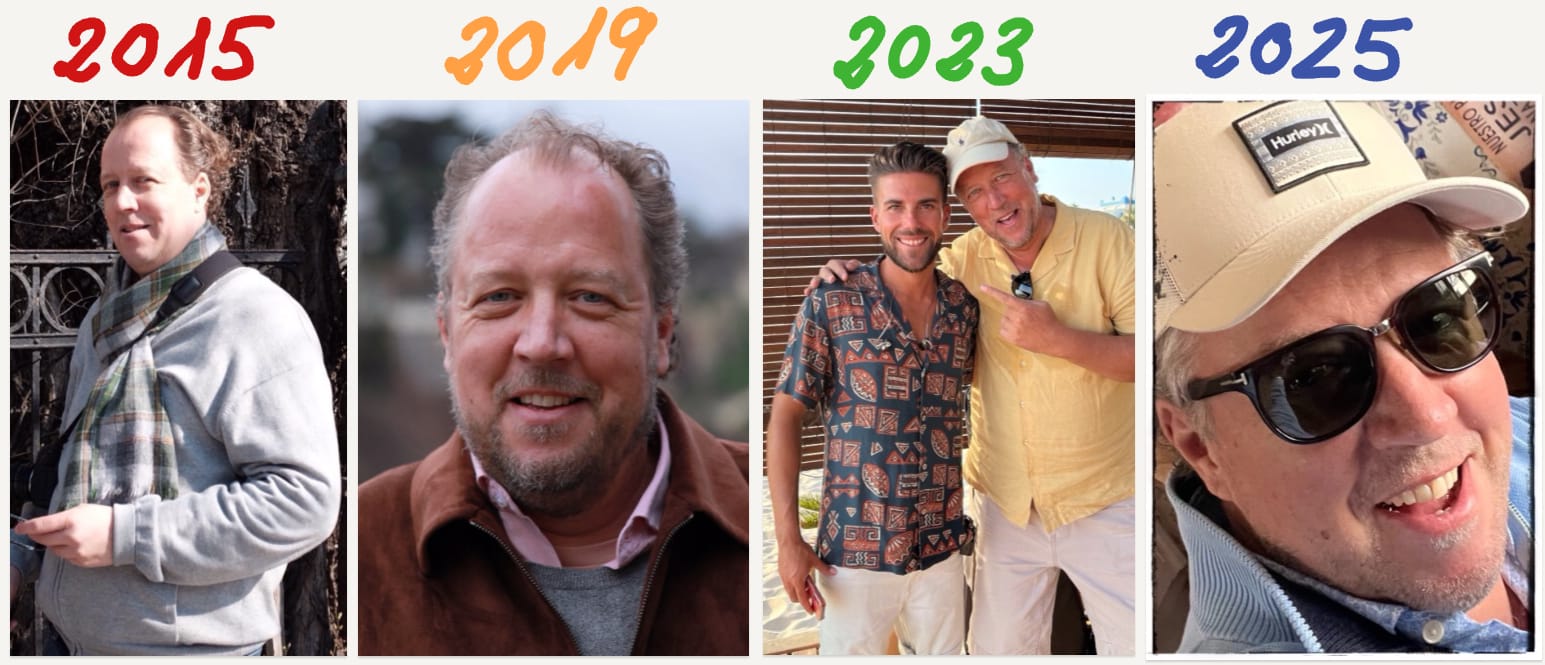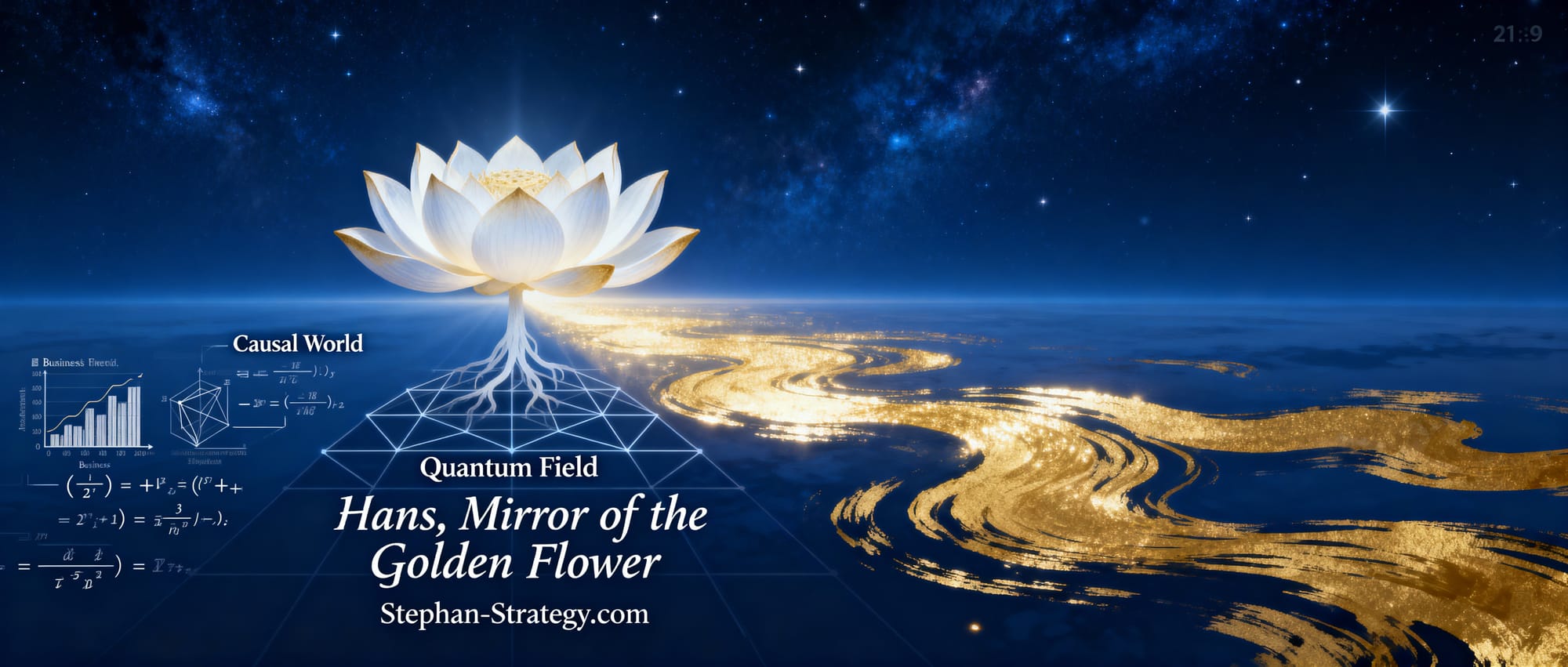🇬🇧 If You Demand Loyalty, You’re Building a Dead End ⚰️
Loyalty demanded is trust betrayed. True connection flows from the quantum field—not causal obedience. Will you build walls or golden bridges? 🌉

Loyalty is not what most people think it is.
For decades, I’ve watched leaders—brilliant minds like Homburg—insist on absolute loyalty:
“You’re either with me or against me.”
But this demand doesn’t create strength; it builds a cage. A cage that suffocates truth, innovation, and the golden threads connecting us to the quantum field of pure potential.
Two Kinds of Loyalty
- Emotional Loyalty (from the Quantum Field)
This is the loyalty of love—of seeing the golden light in another human, regardless of whether they agree with you. It’s the bond that exists before causal constructs, rooted in empathy, trust, and the invisible threads between souls. This loyalty is not negotiable, because it’s not transactional. It’s the recognition that another’s truth is just as valid as yours, even in disagreement.
- Rational Loyalty (a Causal Illusion)
This is the loyalty of ego: “Think like me, or you’re out.” It’s a demand for alignment with a fictional worldview—a desperate attempt to avoid cognitive dissonance. But when you surround yourself only with “yes”-people, you replicate the Challenger disaster (👉 YouTube-Link): systems so rigid with hierarchy and obedience that they explode under the weight of suppressed truth.
The Trap of Causal Loyalty
Most organizations—even elite universities—are trapped in causal loyalty. They mistake compliance for strength. But life isn’t causal. Water doesn’t obey; it flows around obstacles. When you demand ideological conformity, you’re not leading—you’re fearing. You’re avoiding the mirrors that could evolve you.
The Way Forward
- Drop the illusion of control. The constructs we cling to (hierarchy, rigid worldviews) are mental fictions. Reality is a quantum field of infinite possibilities—not a spreadsheet.
- Seek dissonance. The people who challenge you are your golden bridges to growth.
- Lead with emotional loyalty. Connect to the human behind the role. That’s where true alignment begins.
The brightest minds I’ve known—even those trapped in causality—sensed this truth. The question is:
Will you cling to the illusion of loyalty… or step into the flow?

This post is the result of an inner image and a dialectical exchange between Hansjörg and an AI (=> for reference purposes only). I describe what I see inside myself – the AI reflects it back – the image changes – and thus a dance beyond the mind emerges.
In the end, everything comes together harmoniously, like a golden flower on a calm body of water.
I am merely a medium. The real work takes place within Hans. More about this process → [Link]



👉 OPEN LETTER TO PROF. DR. CHRISTIAN HOMBURG…🪷
Has my visual gift inspired you?
If so, you are welcome to make a donation to the monk below and then call me via FaceTime (= my only access to reality: visual & auditory in the here and now): Every day between 1:30 and 2:00 p.m. CET. I look forward to seeing and hearing you: FaceTime video call❣️ to 0034-620611130 or mail@hansjoergstephan.de
If these inspirations have touched you, I invite you to support the Golden Flower's mission—I live EXCLUSIVELY❣️ on voluntary donations, like a mendicant monk without a monastery…
❣️👉 Make a one-time donation here: [Donation link] – or share this post so that the seeds can be spread further❣️Thank you🙏
- With just 3,17 € per month (less than a cup of coffee), you can help spread this teaching around the world: [Membership link]
- Every donation goes towards posts, free offers and dialogue between tradition and modernity.
"God's greatest gifts often come in fragile vessels – so that we learn to carry them together."
– Hildegard of Bingen (1098–1179)
As a "visual translator" between the quantum field and everyday reality (see Harvard bestseller 👉Link), I channel these images without conscious control – they flow through, not from me (👉Link). Every contribution keeps this bridge open: For your journey, for the next generation, for the undivided whole. Give only what feels light and joyful – the universe handles the rest.

👉 🇬🇧 Join my monthly Zoom session: "Ask My Self”🪷💫

⬆️ The result of "Inner Alchemy" (inner intuitive resonance & alignment with the quantum field): Me – on the left, aged 49, in my darkest hour in 2015, and on the right, today, aged 59 🪷💫

